private debt allocations increase as investors reduce traditional investments
22 May 2024Private debt allocations increase as investors reduce traditional equity and bond exposure
A change in investment strategy is significantly boosting allocations to alternative investments.
Instead of investing in the traditional ratio of 60% equities, 40% bonds, investors are increasingly being advised to allocate up to 30% to alternative investments, including private debt, according to KKR’s Global Macro & Asset Allocation analysis.
Dino Zuccollo, head of investor solutions at South African alternative asset manager Westbrooke Alternative Asset Management, explains that rethinking the traditional 60/40 equities/bonds portfolio is driven by structural changes in the market and a shift to a high inflation, low to moderate growth environment. In the current environment, bonds are no longer positioned to act as the portfolio ‘shock absorbers’ that they were in the past, and this is where alternatives may fill the gap.
Survey of 100 SA wealth management businesses
“We recently surveyed over 100 wealth management businesses in SA and found that 70% are currently allocating to private debt. They indicated that the key benefit was diversification, with almost 60% citing the lack of correlation to local markets as an important factor,” he says.
Over 60% of wealth managers surveyed plan to increase their client allocations to private debt going forward. Just over a third of wealth managers indicated they would still increase allocations if interest rates were to reduce, with a third indicating that their private debt allocation is consistent and not linked to cash rates.
“This makes sense,” adds Zuccollo, “As many well managed private debt investment funds follow a floating rate investment approach where the spread which these funds are able to achieve above the prevailing cash rate is relatively consistent. In addition, many of our allocators are currently underweight private debt, meaning that many plan to increase their allocations irrespective of the absolute value returns achieved.”
Previously considered a sub-category of private equity, private debt is now a $1.6 trillion asset class, forming around 12% of the overall alternatives market according to Blackrock.
Private debt as an alternative asset class has tripled in size since 2014 and is double the size recorded in 2018. Predictions are that the market will double again by 2028.
Appealing net yields
Westbrooke has identified an appealing opportunity in the global credit space and offers a gateway to offshore opportunities. “Our senior secured UK private debt fund, Westbrooke Yield Plus, is generating a net yield of over 9% in GBP. It is currently raising approximately GBP20 million per quarter from South African-connected capital and the diversified portfolio comprises approximately 50 senior loans mainly secured against property in the UK and surrounds. The offering has also been enhanced to offer improved liquidity and easier access by removing the initial lock-in periods which had previously applied,” says Zuccollo.
Direct lending represents the most popular private debt strategy. Direct lending refers to a situation where a lender directly negotiates a loan with a borrower and generally takes security over some portion of the borrower’s assets.
The benefits of this asset class are numerous, explains Zuccollo. They include capital preservation, higher returns, lack of correlation to traditional markets, lower volatility and diversification.
Source: FA News





